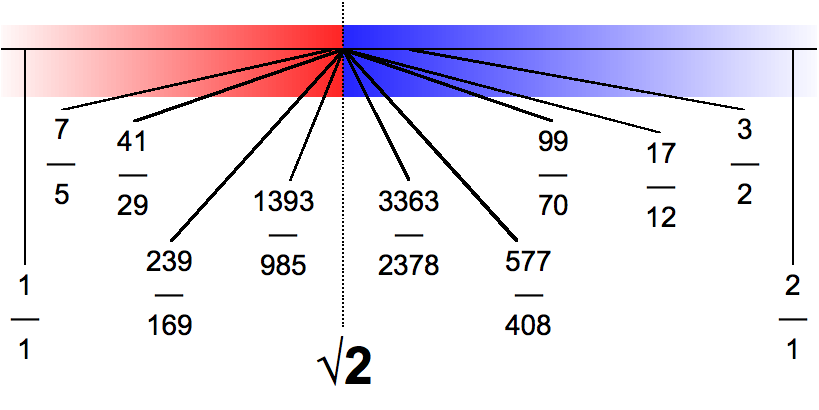
In
mathematics
Mathematics is a field of study that discovers and organizes methods, Mathematical theory, theories and theorems that are developed and Mathematical proof, proved for the needs of empirical sciences and mathematics itself. There are many ar ...
, an irrationality measure of a
real number
In mathematics, a real number is a number that can be used to measure a continuous one- dimensional quantity such as a duration or temperature. Here, ''continuous'' means that pairs of values can have arbitrarily small differences. Every re ...
is a measure of how "closely" it can be
approximated by
rationals.
If a
function , defined for
, takes positive real values and is strictly decreasing in both variables, consider the following
inequality:
:
 In
In
 In
In